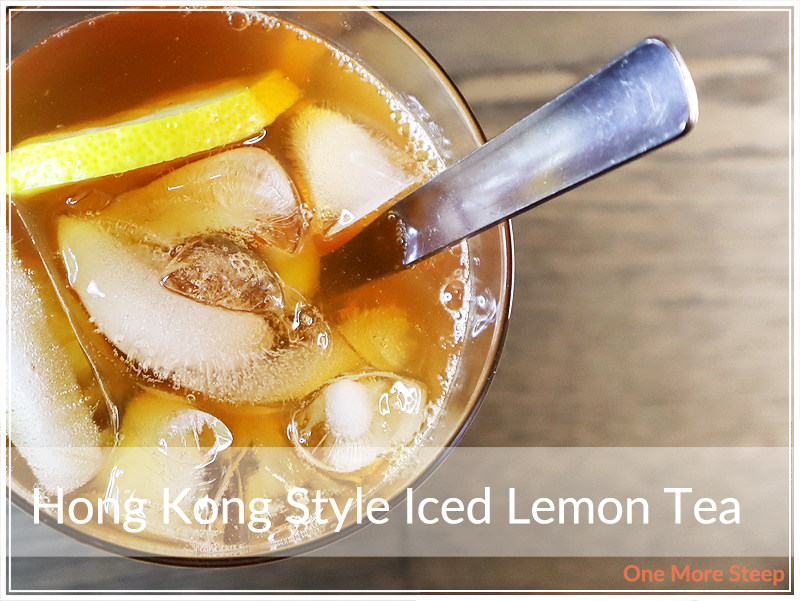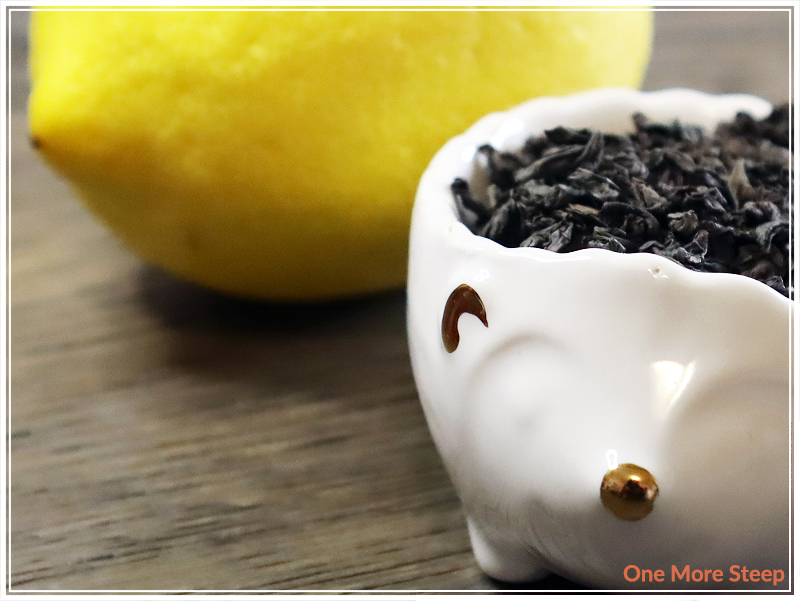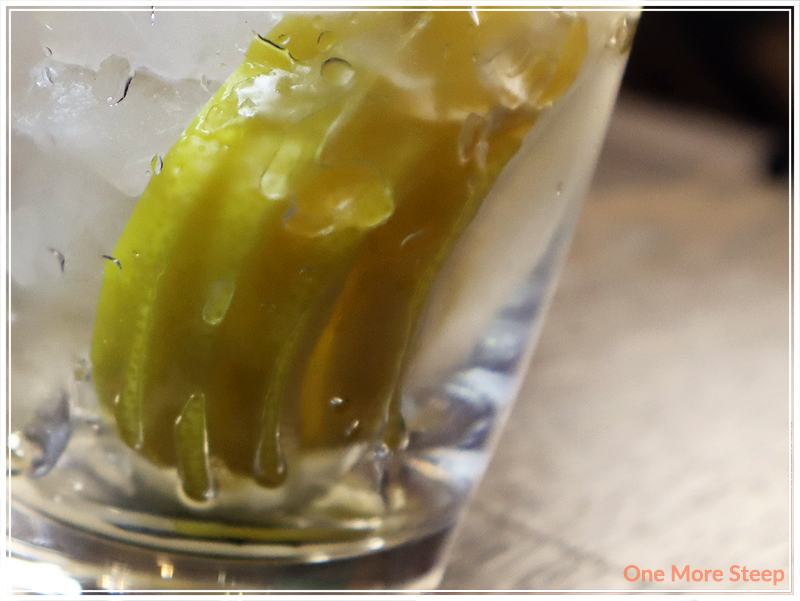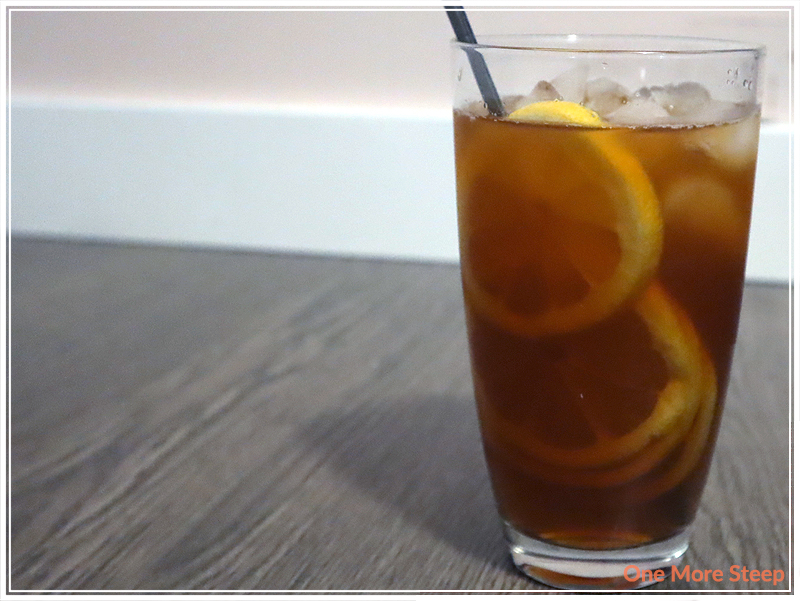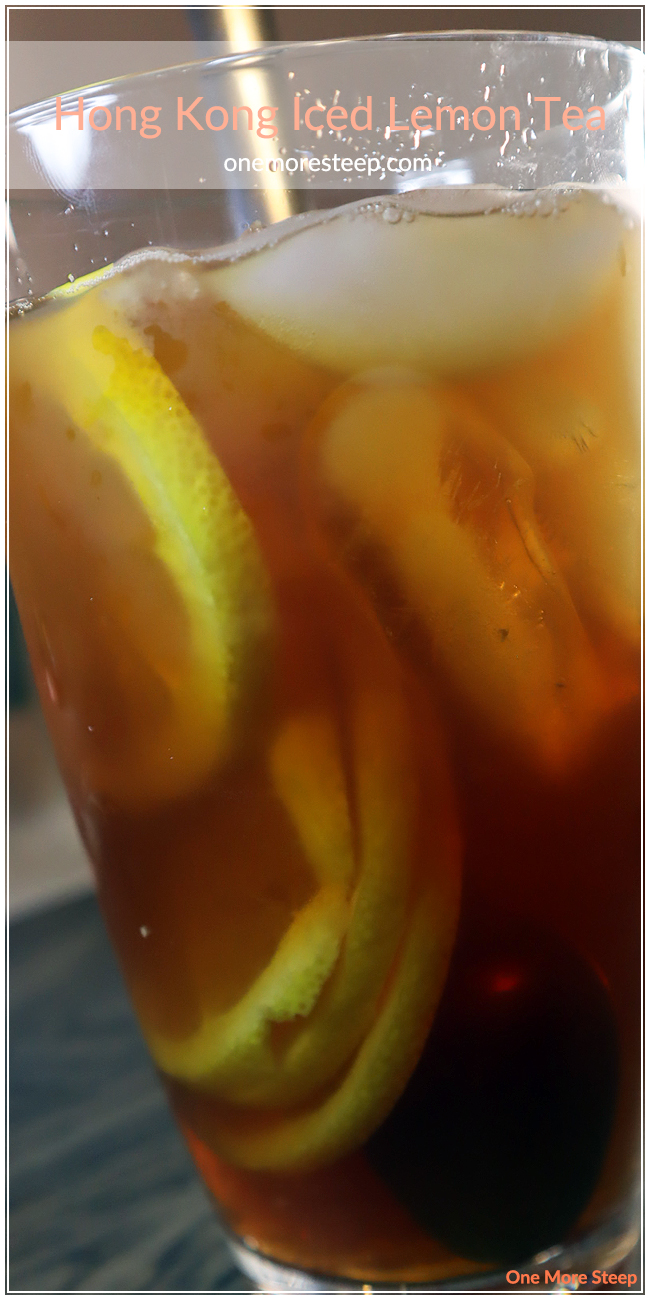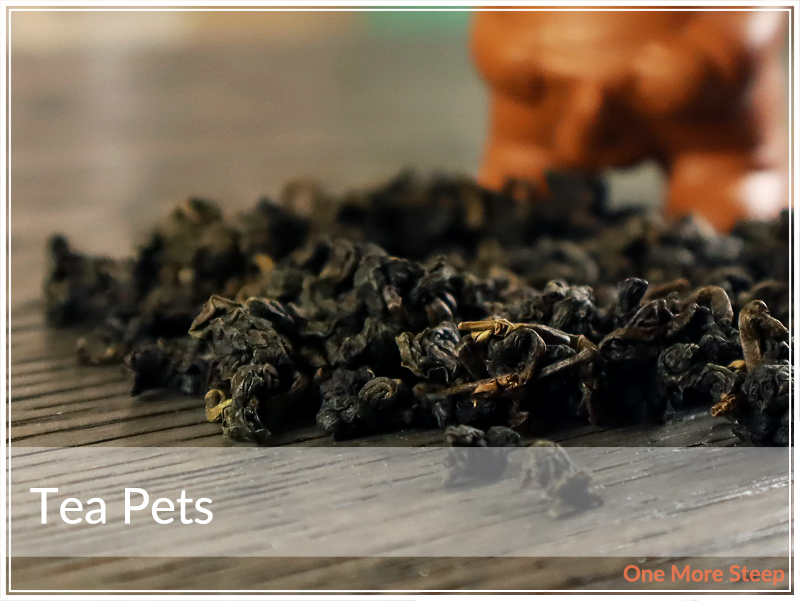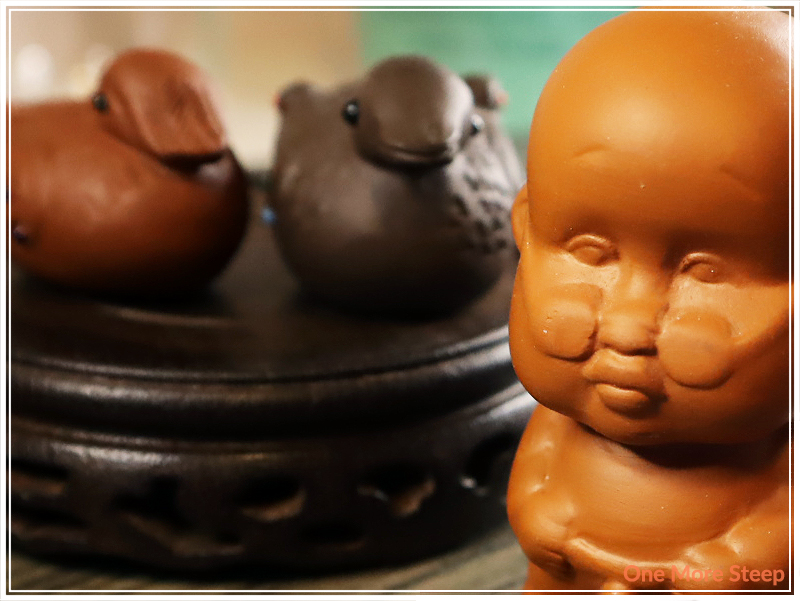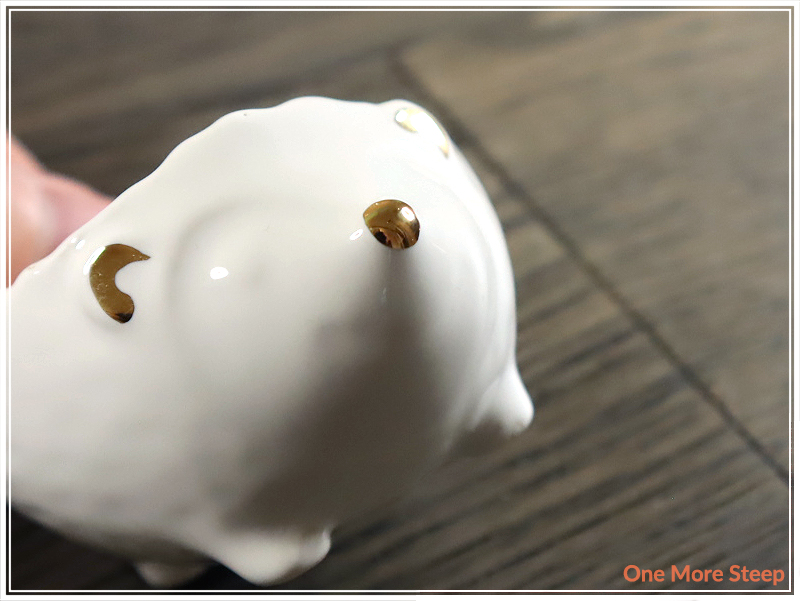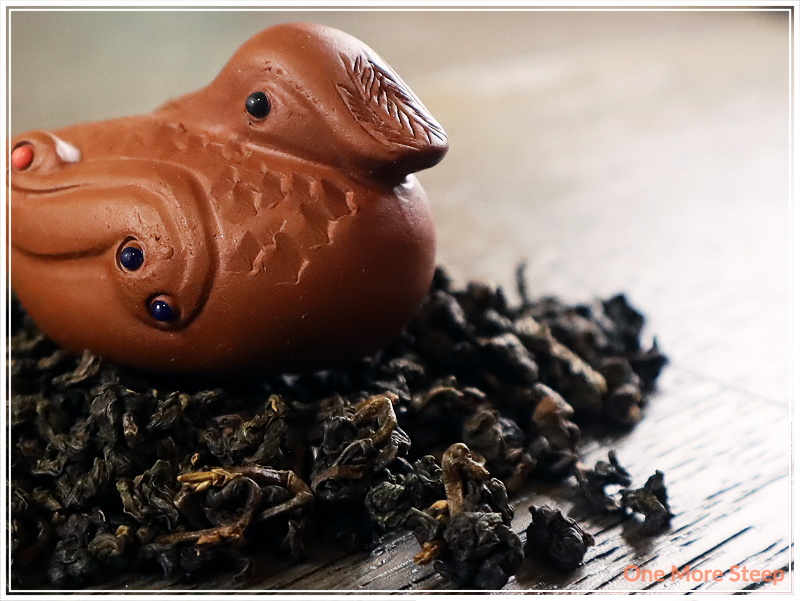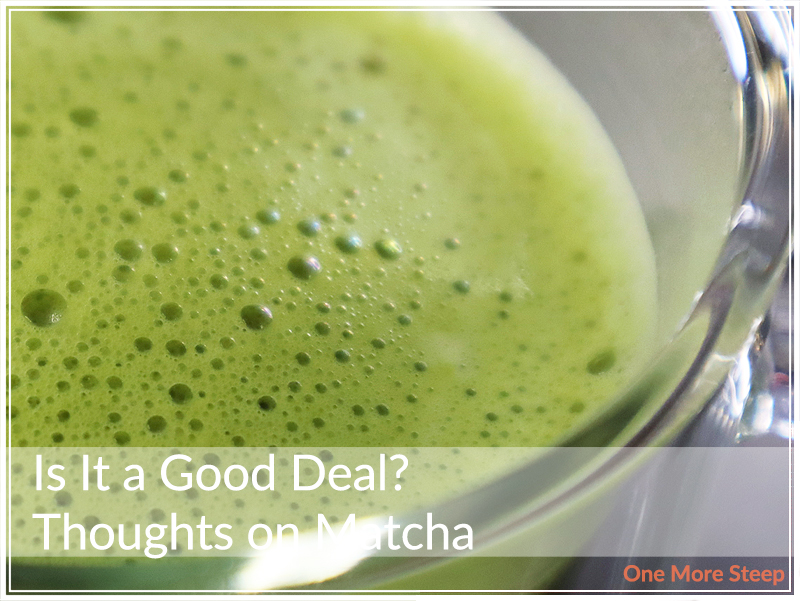
Matcha is green tea that has been ground to a fine powder. With history that tracks back to Tang dynasty of China, the more familiar matcha that you may know and love is from Japan. You may have tried matcha from your favourite local coffee shop in the form of a matcha latte, or ordered a flavoured matcha blend from an online retailer.
In your search for a matcha to buy for your very own, you’ll find that companies often give their matcha names like ceremonial or culinary grade. While not standardized, these names can really be provided to any matcha sold by anyone. That said, often times a culinary grade matcha is lower in quality while a ceremonial grade matcha should be higher in quality. Culinary grade matcha should also be cheaper, due to the lower quality.
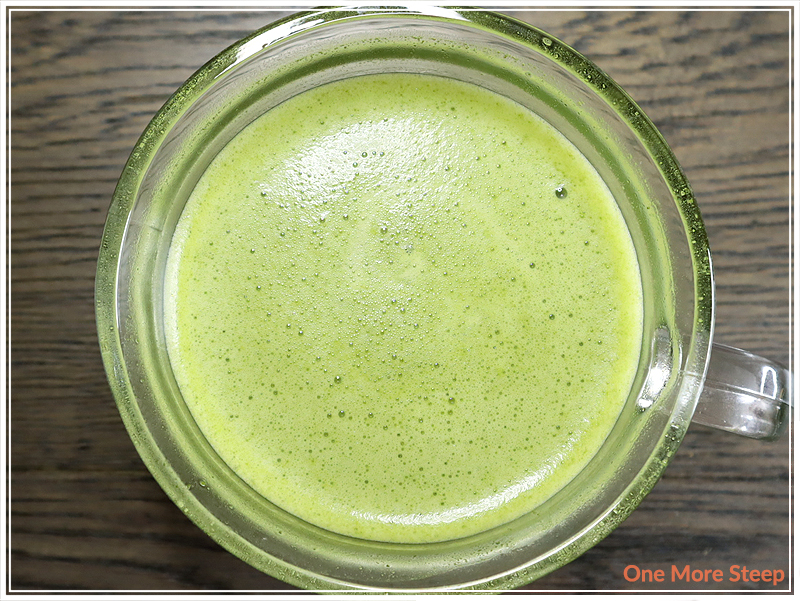
I won’t make much comment on matcha blends – they should be considerably cheaper than pure matcha options available to you because of all the additives (sugars, flavourings, powdered milk, preservatives, etc.). However, these can also be delicious and I am still on the search for a great instant latte option.
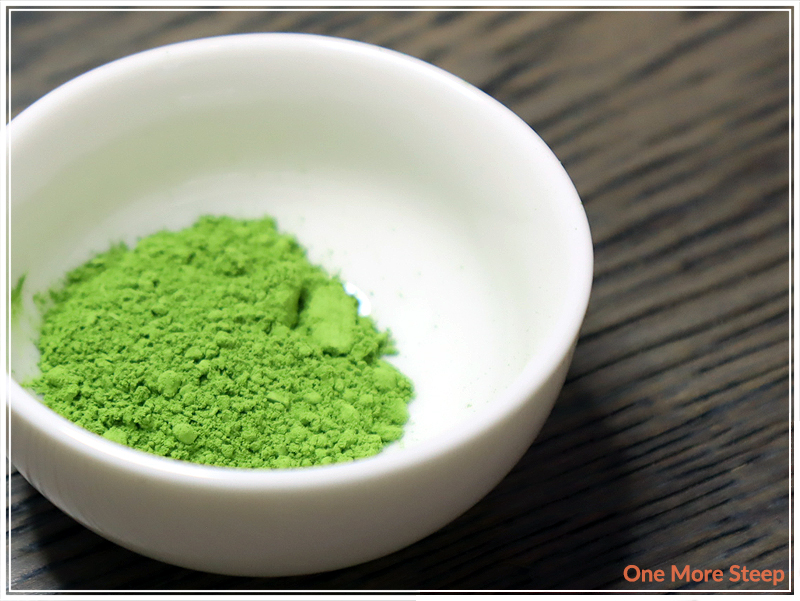
Signs of a good quality matcha:
Spring-green in colour
Very fine powder
Has an umami flavour, not bitter
Forms a layer of froth easily
Signs of a poor quality matcha:
Yellow-green in colour
Clumpy powder
Often bitter
Forms a layer of large bubbles, instead of froth
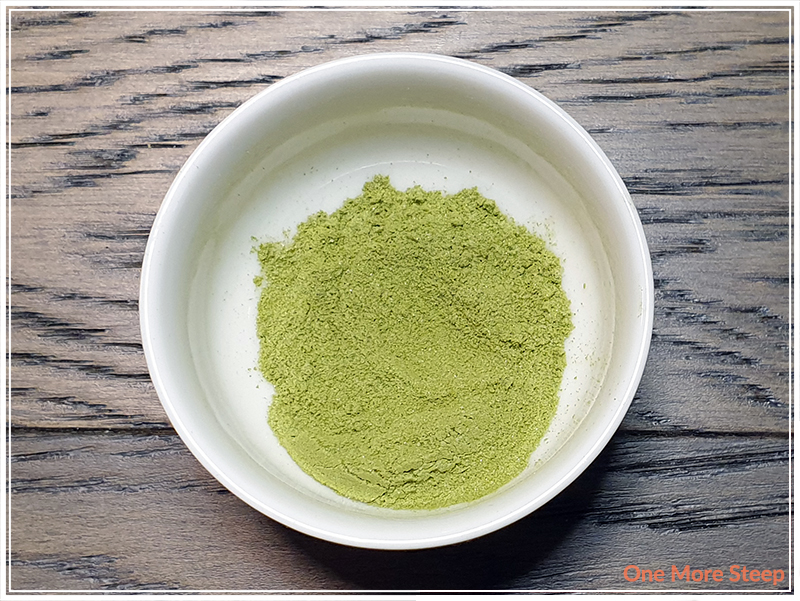

All good quality matcha should come from Japan, and also be ideally single origin in nature. It can come in either sealed foil packets or tins, with appropriate labelling. While matcha has been deemed a “super food” and can be found in a lot of grocery stores, matcha is not going to be as high quality compared to matcha purchased from specialty tea stores (brick and mortar or online). Quality doesn’t come cheap though! A good benchmark is ~$1CAD per gram – that $9.99 tin of 250g of matcha might seem like a great deal, until you realize it’s incredibly bitter and doesn’t even work well in cookies.
